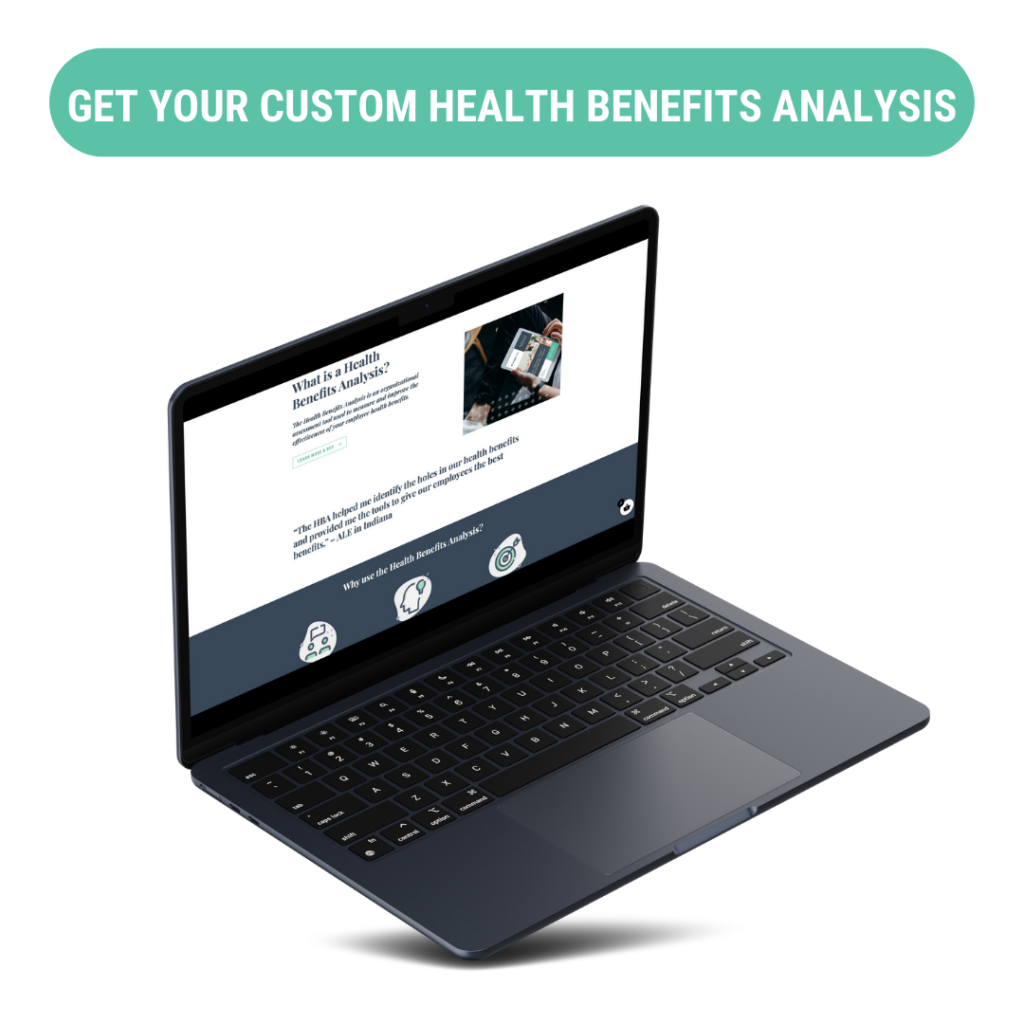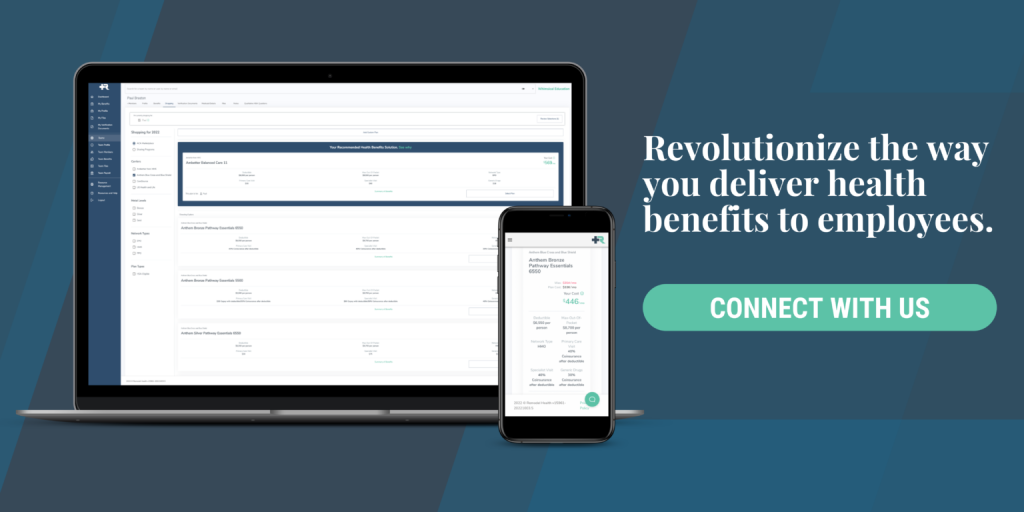
If you’re considering the Individual Coverage Health Reimbursement Arrangement (ICHRA) for your organization, one of the critical aspects to understand is the reimbursement process.
In today’s blog post, we’ll walk you through the ICHRA reimbursement steps to help ensure a smooth and efficient experience for both employers and employees.
If you’re new to ICHRA, check out our previous blog post, What is ICHRA and how does it work?
Ready to dive into the details? Let’s explore the ICHRA reimbursement process, step by step.
Step 1: Employee Purchases Individual Health Insurance or Incurs Qualified Medical Expenses
The first step in the reimbursement process is for the employee to purchase an individual health insurance policy or incur a qualified medical expense. Employees can purchase individual policies through the Health Insurance Marketplace, directly from an insurance carrier, or through a state-based exchange.
Step 2: Employee Submits Reimbursement Request
Once the employee has purchased a health insurance policy or incurred a qualified medical expense, they need to submit a reimbursement request to their employer or a designated third-party administrator (TPA). This request should include documentation such as an invoice, receipt, or explanation of benefits (EOB) to substantiate the expense.
Step 3: Employer or TPA Reviews Reimbursement Request
Upon receiving the reimbursement request, the employer or TPA will review the documentation to ensure that the expense is eligible for reimbursement under the ICHRA plan. This review process may include verifying that the expense is a qualified medical expense or confirming that the health insurance policy meets the requirements for ICHRA reimbursement.

Step 4: Employer or TPA Issues Reimbursement
If the reimbursement request is approved, the employer or TPA will issue the reimbursement to the employee. Reimbursements can be made through payroll, check, or direct deposit, depending on the employer’s preference and systems in place. It’s important to note that reimbursements under an ICHRA plan are tax-free for employees, as long as they maintain minimum essential coverage (MEC).
Step 5: Recordkeeping and Reporting
Both employers and employees should maintain records of all ICHRA reimbursements, including documentation of eligible expenses and reimbursement payments. Employers may be required to report ICHRA reimbursements on employees’ W-2 forms and ensure compliance with applicable IRS regulations.
The ICHRA reimbursement process involves several steps, from the employee incurring a qualified expense to the employer or TPA issuing the reimbursement. By understanding and implementing a well-organized reimbursement process, both employers and employees can maximize the benefits offered by an ICHRA plan.
As always, it’s a good idea to consult with a qualified benefits consultant when setting up your ICHRA plan to ensure you’re making the best decisions for your organization and remaining compliant.
Talk to a Remodel Health benefits expert to learn how we can help you manage an ICHRA plan for your employees!

Important Notice: Remodel Health does not intend to provide specific insurance, legal, or tax advice. Remodel Health always recommends consulting with your own professional representation to properly evaluate the information presented and its appropriate application to your particular situation.
